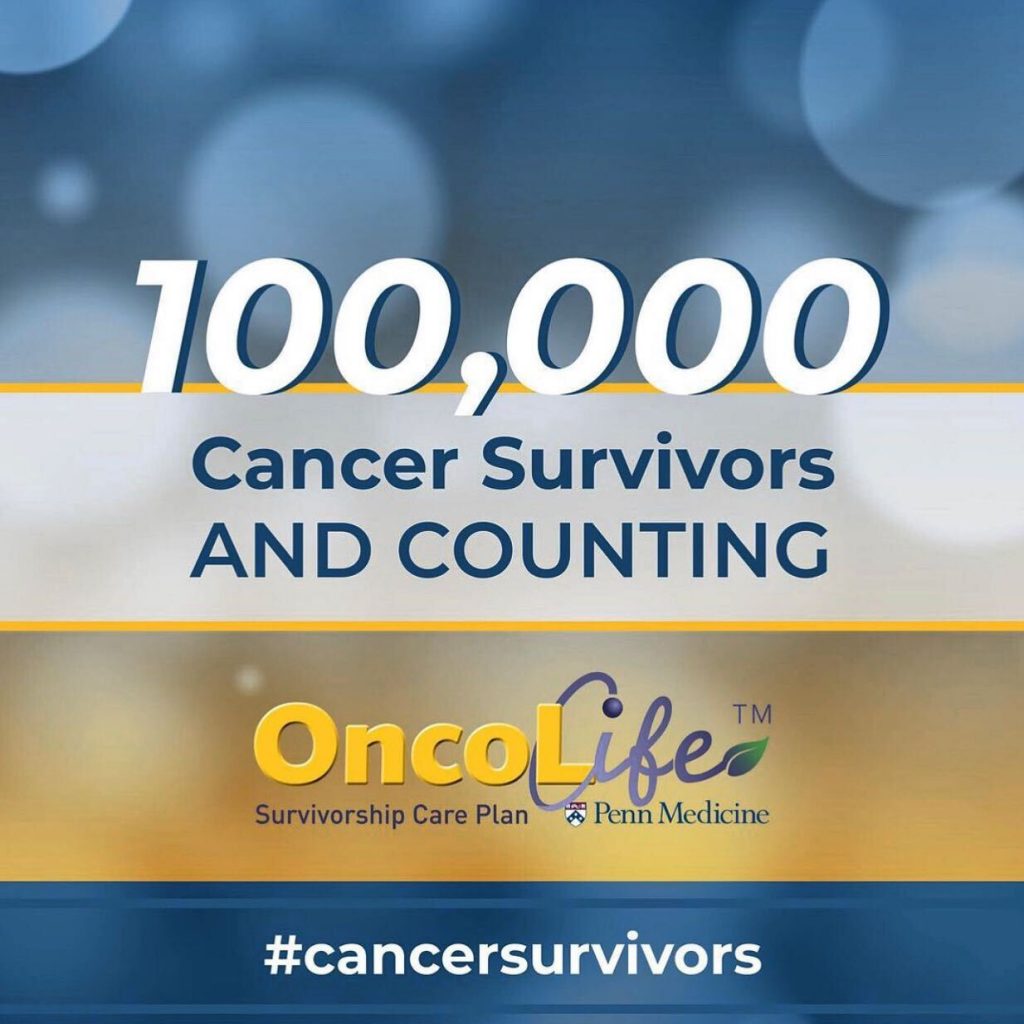
In April of 2007, OncoLink launched the OncoLife Survivorship Care Plan, a software to create care plans for individuals who have survived most cancers. As that software reaches the milestone of 100,000 care plans created, OncoLink’s Editor in Chief Christine Hill-Kayser, MD, explains that we’ve additionally realized lots from the customers of the care plan.
OncoLink launched the OncoLife Survivorship Care Plan in 2007. We’re a bunch of healthcare suppliers with a mission: to supply complete, accessible, and correct data for folks experiencing most cancers – as sufferers, caregivers, and, in fact, survivors. The intention of OncoLife has at all times been to supply custom-made data and suggestions for folks at any part of the survivorship journey – from the second of prognosis, till years after lively therapy. With a view to construct our first model, we scoured the prevailing literature {and professional} group suggestions. Fourteen years in the past, and even now, the dearth of knowledge in lots of areas of survivorship precipitated us frustration. We consulted specialists the place information weren’t accessible, and we informed our customers about unknowns within the literature. Since that point, we’ve had the privilege of accelerating data about a few of these unknowns by way of analysis and publication. It’s due to our customers – most cancers survivors and those that look after them – that we’ve been in a position to do that. We’re infinitely grateful.
To start with, our analysis centered on how we might finest present an internet-based care plan.
- What had been the very best methods to put in writing content material?
- How might we construct the care plan?
- How might we make it accessible to customers far and large?
- How wouldn’t it be used, not solely by most cancers survivors in areas of nice advocacy reminiscent of breast most cancers, however by teams with much less public visibility and fewer folks – reminiscent of lung most cancers survivors?
- Would older folks, doubtlessly with much less Web entry, use it?
- Would healthcare suppliers use it?
- May we translate it into different languages?
The solutions, time and again, had been “YES!” Folks would use it. We realized, nonetheless, that completely different teams had completely different wants, and that younger, white, extremely educated, girls had been the almost definitely customers. Primarily based on these findings, we launched a model of the care plan particularly tailor-made for nurses and different healthcare suppliers to make use of to supply care plans for sufferers. This allowed entry for populations much less prone to create care plans for themselves. We obtained numerous suggestions relating to data quantity – many individuals needed increasingly data; nonetheless, others discovered giant quantities of knowledge overwhelming. We once more added option to the care plan – customers can obtain an extended, complete doc, or can select a extra concise doc that merely lists “key takeaways.” A model of the care plan is offered in Spanish. We nonetheless battle with guaranteeing that each one populations have entry to worthwhile data – however we’ve made important progress.
5 years after our preliminary launch, we had been capable of start studying at a extra granular stage about completely different populations of most cancers survivors and their distinctive wants. We started to include the person expertise – within the type of affected person reported outcomes – into care plans. We requested survivors what bothersome late or long-term results they could be experiencing, and their reviews drove the prioritization of their care plans. We realized that fatigue, sexual adjustments, and neurocognitive adjustments are skilled by enormous numbers of survivors, and are continuously of highest precedence to survivors, though they’re much less continuously addressed by healthcare suppliers than many different late results. We realized that breast most cancers survivors themselves are more likely to be dissatisfied with the looks of their breasts after therapy than suppliers report. We realized that survivors who’ve continual cancers – that are treatable if not curable – expertise extra signs than their counterparts whose cancers are considered curable. Regardless of this, survivors with continual cancers are much less prone to obtain survivorship data and fewer prone to have major care suppliers. We realized that <15% of most cancers survivors obtain devoted survivorship data throughout our nation, and that important disparities stay on this distribution.
The information is just not all bleak! We additionally realized that individuals who use our care plan get new data from it, and most of them really feel that this data is beneficial and would advocate the care plan to different survivors. We realized that almost all customers really feel that the care plan improves communication with healthcare groups and that it prompts wholesome conduct and life-style adjustments. We’ve investigated and applied strategies of embedding the care plan into well being system digital medical data to facilitate care planning for all survivors. Over time, our care plan has developed by way of 11 variations – every with the objective of higher offering entry and knowledge to teams of most cancers survivors and caregivers who want it.
Our software stays free and publicly accessible, and our mission is unchanged. We’re grateful to our customers, who’ve allowed us to develop and alter with a purpose to higher obtain that mission. We’ve been at this for almost 15 years, however we’re nowhere close to completed. We sit up for the subsequent many years of analysis and development to assist the most cancers survivorship group with nice anticipation and pleasure.
Christine Hill-Kayser, MD is the Editor in Chief of Oncolink, Chief of the Pediatric Radiation Oncology Service and Affiliate Professor of Radiation Oncology on the College of Pennsylvania and Kids’s Hospital of Philadelphia.









